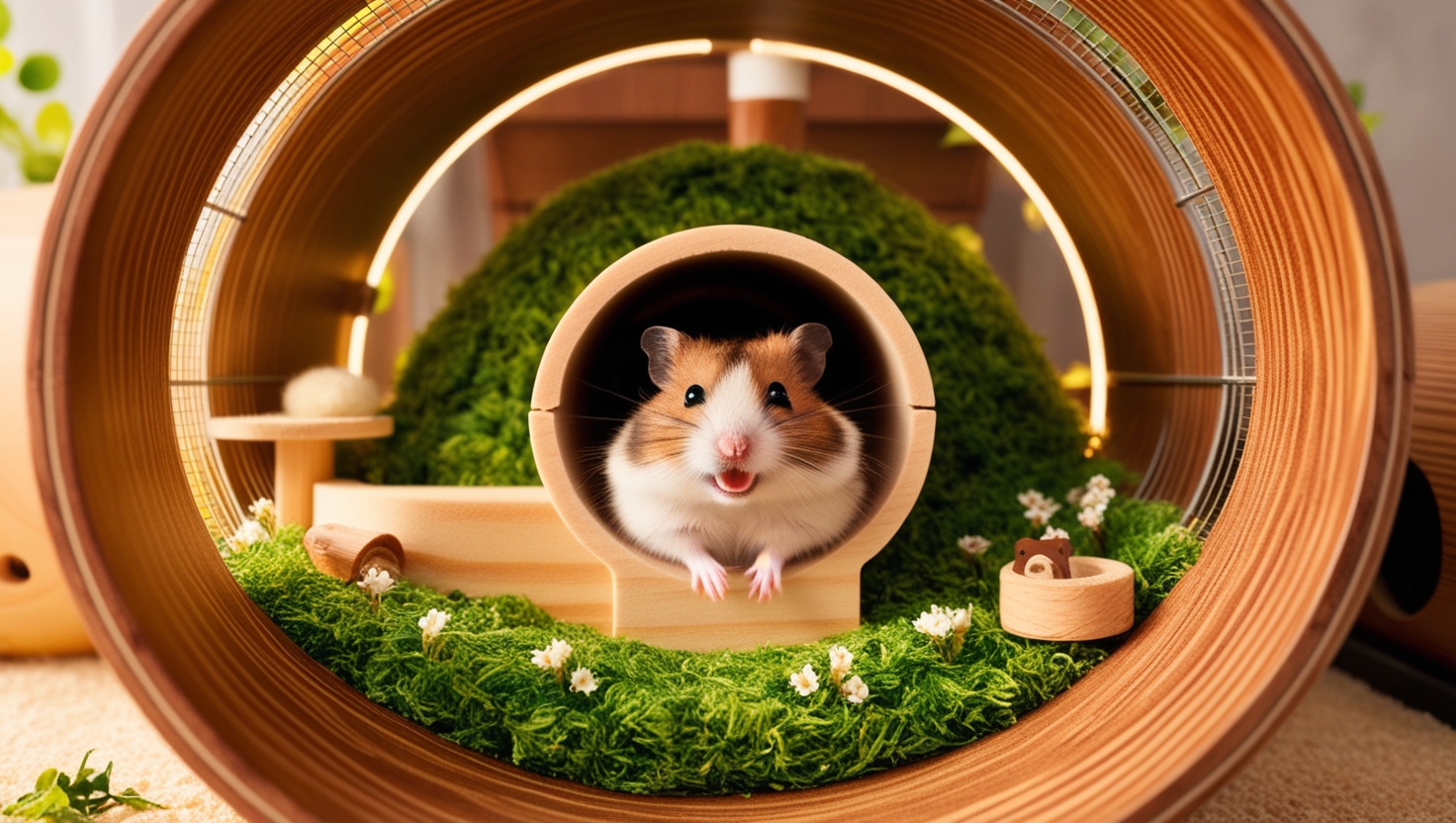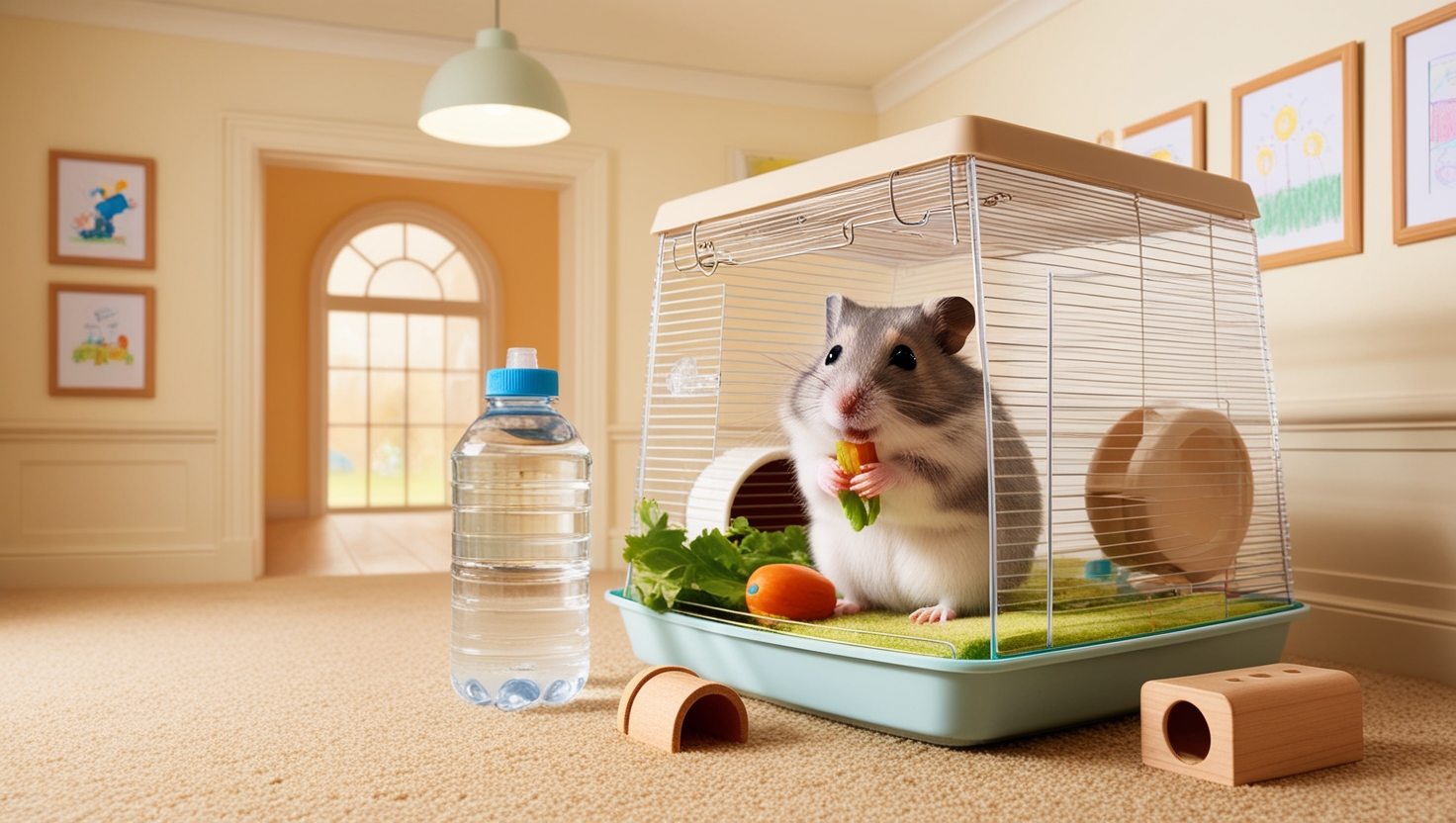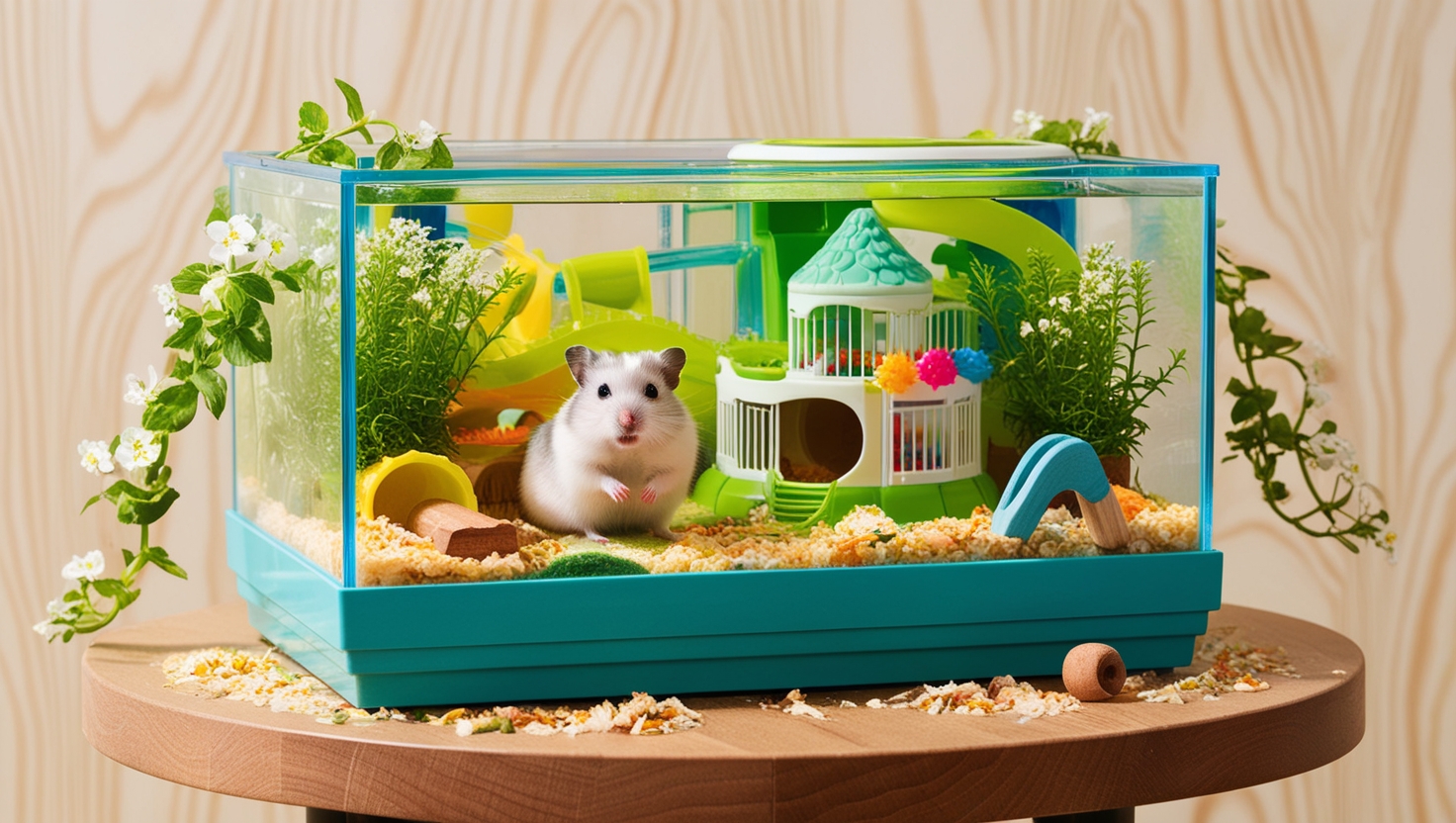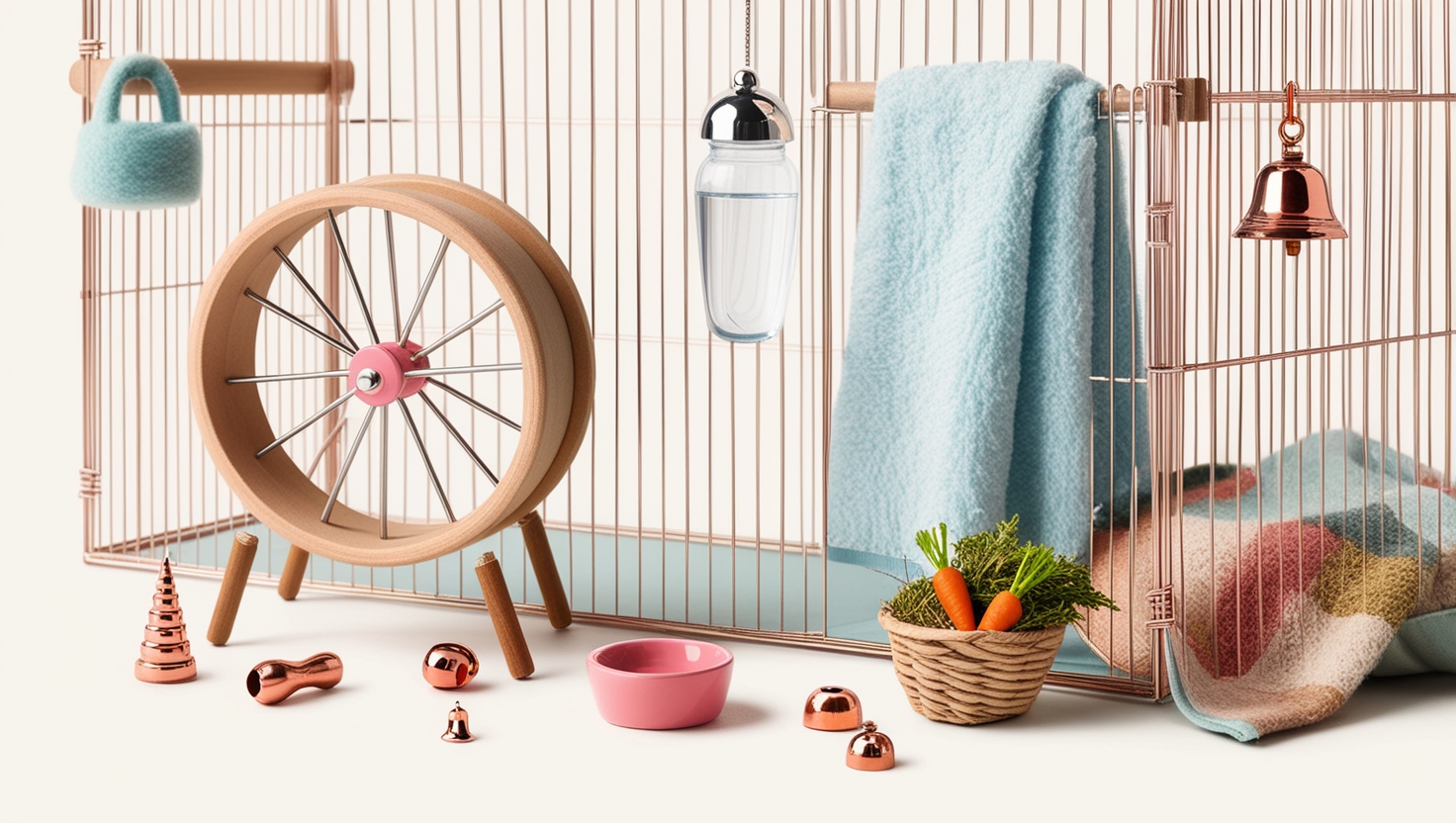So, you’ve discovered some unwelcome guests in your hamster’s cage – tiny bugs! Don’t panic, it happens to the best of us. As a seasoned hamster parent and advocate for happy hamsters everywhere, I’ve seen my fair share of these little critters. Let’s unravel the mystery of these minuscule invaders and discuss how to evict them, ensuring your hamster remains safe and sound.
Identifying the Culprits: Who are these Tiny Invaders?
Before declaring war, it’s essential to know your enemy. The first step is observation.
- Size and Shape: Are they as tiny as a pen dot and roundish, like miniature spiders? Or do they resemble minuscule flies?
- Location: Where are they congregating? Are they inside the cage, on the bedding, or lurking around the exterior walls?
Common culprits include:
- Mites: These microscopic arachnids are barely visible to the naked eye. They can cause skin irritation and lead to fur loss in hamsters.
- Fungus Gnats: These tiny, dark flies thrive in damp environments and are attracted to decomposing organic matter. They’re often found near soiled bedding.
- Meal Moths: These pantry pests are attracted to grains and seeds. While not directly harmful to hamsters, they can infest their food.
Eviction Notice: Effective Cleaning and Prevention Strategies
Once you’ve identified the intruders, it’s time to show them the door. Here’s your action plan:
1. Deep Clean: A Fresh Start for Your Hamster
- Cage Removal: Carefully remove your hamster and temporarily house them in a safe and secure container.
- Discard Everything: Dispose of all bedding, nesting material, and any food that might be contaminated.
- Scrub-a-Dub-Dub: Using a pet-safe disinfectant, thoroughly scrub the cage, including all its nooks and crannies. Rinse well and let it dry completely.
“Always choose a disinfectant specifically labeled as safe for small animals,” advises Dr. Lisa Jones, a veterinarian specializing in exotic pets. “Harsh chemicals can be harmful to your hamster.”
2. Bedding Blitz: Choosing the Right Material
- Fresh and Clean: Opt for fresh, high-quality bedding. Avoid using bedding from a previously opened bag if you suspect an infestation.
- Material Matters: Consider using paper-based bedding, as it tends to be less hospitable to bugs. Avoid wood shavings, especially if you suspect fungus gnats.
- Regular Replacements: Change the bedding at least twice a week to prevent the buildup of ammonia and moisture, which can attract pests.
3. Food Storage: Keeping Things Fresh and Bug-Free
- Sealed Containers: Store hamster food, treats, and hay in airtight containers to prevent pests from accessing them.
- First In, First Out: Practice proper stock rotation, using older food supplies before new ones.
4. Environmental Control: Making Your Home Less Inviting
- Vacuum Regularly: Vacuum the area around the cage frequently to remove stray food particles and potential hiding places for bugs.
- Reduce Humidity: Ensure proper ventilation in the room to prevent moisture buildup, which can attract fungus gnats.
A Bug-Free Future: Maintaining a Healthy Hamster Habitat
Remember, prevention is key to keeping your hamster’s home pest-free:
- Regular Inspections: Regularly check your hamster and their cage for any signs of bugs.
- Spot Clean: Remove soiled bedding daily and spot-clean any messes to prevent the attraction of pests.
- Quarantine New Items: Freeze new toys, chews, and accessories for at least 24 hours before introducing them to the cage to kill any potential hitchhikers.
By following these steps, you can create a clean, healthy, and bug-free environment for your beloved hamster. And remember, a happy hamster is a healthy hamster!







